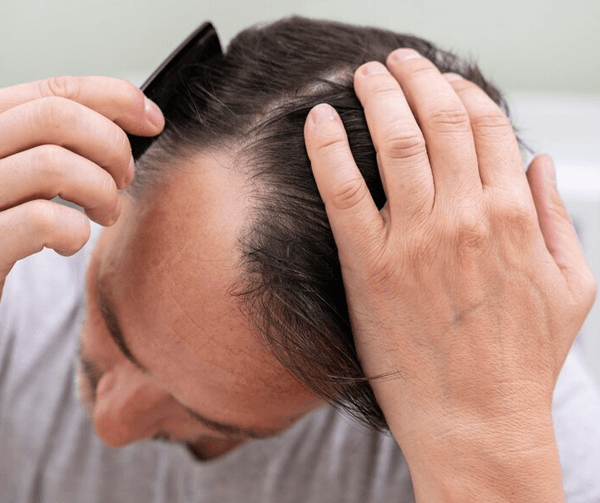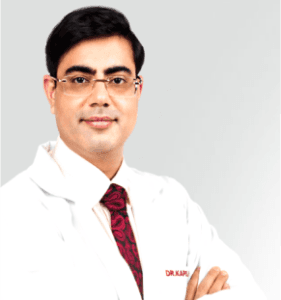What is the ideal time for the surgery?
This is something that only a surgeon will be able to tell you, after examining the child. The earliest that the cleft lip surgery can be performed is at 10 weeks, and the baby has to be of a certain weight and the haemoglobin count has to be more than 10. Cleft palate needs a little more time, which is why it is normally carried out after the baby is at least 9 months of age. In case there is a heart or lung disorder, the surgery will have to be delayed.
How will your child be prepared for surgery?
Before the surgery, your surgeon will take time to talk to you about how the procedure will be done. In addition, they will ask detailed questions about your child’s medical history, what kind of tests will be required beforehand and what medications will be required later on. They will also educate you about how to take care of your child, after the procedure. You will be informed about what kind of precautions you will need to take before and after the surgery. In certain cases, the surgeon will also ask your child to wear an obturator, which is a device meant to assist with eating and maintaining the natural curves of the lips, post procedure.
What is the procedure used for cleft lip or cleft palate repair surgery?
There are basically three steps to performing this surgery and these are:
Anaesthesia: With children, keeping them calm at the time of the procedure is extremely important, which is why anaesthesia is extremely important for such procedures. The surgeon will make sure that the anaesthesia being chosen is one that is suited for children and the dosage is also carefully measured. There will be choices between intravenous sedation as well as general anaesthesia, and the surgeon will decide whether one is required or a combination of both.
Making the incision for a cleft lip: The idea behind repairing a cleft lip, is to remove the separation that exists between the lip and the rest of the face. The basic tenet is that the face be provided a sense of normalcy and the upper lip become defined. The incisions will be made on either side of the cleft and flaps will be created using the tissues. These will then be pulled closer and stitched, which will allow the surgeon to close the cleft.
Making the incision for a cleft palate: Repairing a cleft palate takes a lot more effort, which means that the incisions have to be made with greater precision and care. The tissues and the muscles around the cleft have to be repositioned and the entire mouth of the roof has to be rebuilt. The incisions will be made on the either side of the cleft and very special flap techniques will be used and the muscles will be repositioned. In addition, the hard and the soft portions of the palate will also be repositioned.
Closing the incision: Normally, absorbable or removable sutures are used, however, with cleft palate repairs, the suture might stay a little longer. The repair is made at the midpoint of the roof of the mouth and the length of the palate would be enough for the child to feed normally. The same will also ensure proper development of speech.
It is important to remember that cleft repair surgeries are not one time only – they will need repeat procedures, because the repair might not be fully successful in the first attempt. Over time, when the face and the lips develop, a few more correctional surgeries might be required. In addition, if there are auditory or speech related problems, surgeries will be needed to rectify those too.
What will the recovery process be like?
Once the surgical procedure has been completed, the site will be dressed with bandages. There will be specific instructions about how the site needs to be taken care of and what to look out for, which could point to infections. There will also be instructions related to how to apply topical medication and even on how to eat, drink and brush teeth. These instructions will be given in order to ensure that your child is safe at all times. You will also be told when to come for follow up sessions.
With very young children, you might be asked to place restraints on the arms or hands, because this way, they will not harm the surgical site. if your child has the habit of sucking his or her thumb, you will have to be extra careful, and ensure that your child is not able to do the same.
Pain medication will be prescribed and this will ensure that your child does not have to suffer through too much pain. However, you will have to make sure that your child is constantly sun safe, as neglect could lead to scars.
What are the side effects or risks associated with the surgery?
Each surgery has a set of risks and possible complications associated with it and with cleft lip or palate surgery, the risks include:
- Bleeding and infections
- Improper healing of the incisions and scars
- Lack of symmetry
- Allergies to the medical material
- Damage to the deeper structures such as the nerves, muscles or blood vessels
Cleft lip or palate repair, when done properly, can ensure a child a perfectly normal life.







